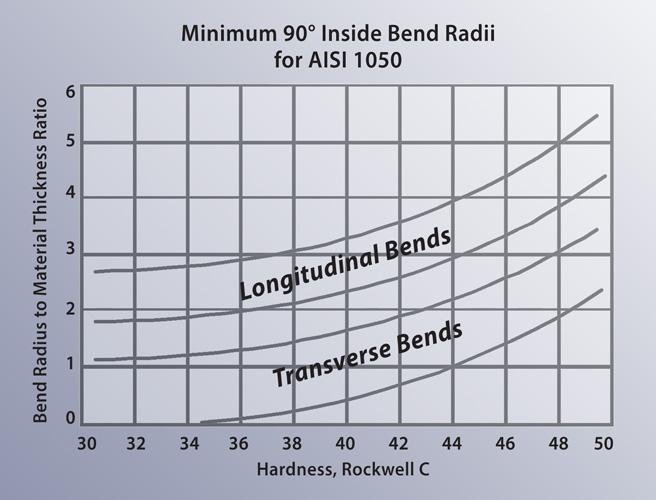

The important thing to know is that it is brittle and will most often crack if you’re trying to bend it with a tight radius. The first thing that you need to be aware of if you’re bending aluminum tubing is that it is commonly available in two different grades – 6061-T-T5.Īnd this is important to know BEFORE you start on your project.Ħ061-T6 aluminum is more of a structural tubing and is often spec’d as a default when it comes to different jobs and designs that you might see. Read More: Profile Bending Machine: 5 Things Before Buy, 6 Steps to Bend MILD STEEL Recommended Bend Allowance RADIUSīelow is a conversion chart that converts sheet metal gauge numbers into metal thickness.Bending Aluminum Tubing – What You Need to Know BEFORE You Begin Read More: Plate Rolling Machine, Sheet Metal, Steel Plate Bending Roll STAINLESS STEEL Recommended Minimum Bend Radius for maximum strength MATERIAL So in this case, the minimum inside bend radius is 2 times the material thickness.Ĭlick for the chart of tensile strengths for aluminum and stainless steel to compare with mild steel ALUMINUM – Recommended Minimum Bend Radius for maximum strength MATERIAL Now, multiply that answer by the plate thickness. Next, subtract 1 from that answer: 5 – 1 = 4. If the steel has a tensile reduction value of 10 percent, divide 50 by that value: 50/10 = 5.There’s a rule of thumb to determine a steel’s minimum bend radius: Divide 50 by the material’s tensile reduction percentage as specified by your supplier.The minimum diameter is the smallest diameter you desire to roll your material into because it is a great driving factor for the size of the machine that will be appropriate for your workshop’s certain needs.Read More: Plate Rolling: Process, Basics, Tips, And 11 Key Points The grain can be seen by looking at a new piece of sheet metal and noticing the direction of visible lines going from one end to the other. Grain direction is often specified on stainless steel in order to achieve minimum bend radius or to control spring back. Grain Direction is not to be confused with surface finishes made by sanding or other finishing operations.

Grain Direction is formed in metal in the direction in which the sheet was rolled at the steel mill. Since commercial sheet metal bending can be done with less concern for stresses caused during forming operation, the radius can be near zero for thin sheet metal. The bend radii listed are standard minimum if manufacturing for aircraft and aerospace applications. The minimum bend radius data shown in these charts is measured to the inside of the bend.


 0 kommentar(er)
0 kommentar(er)
